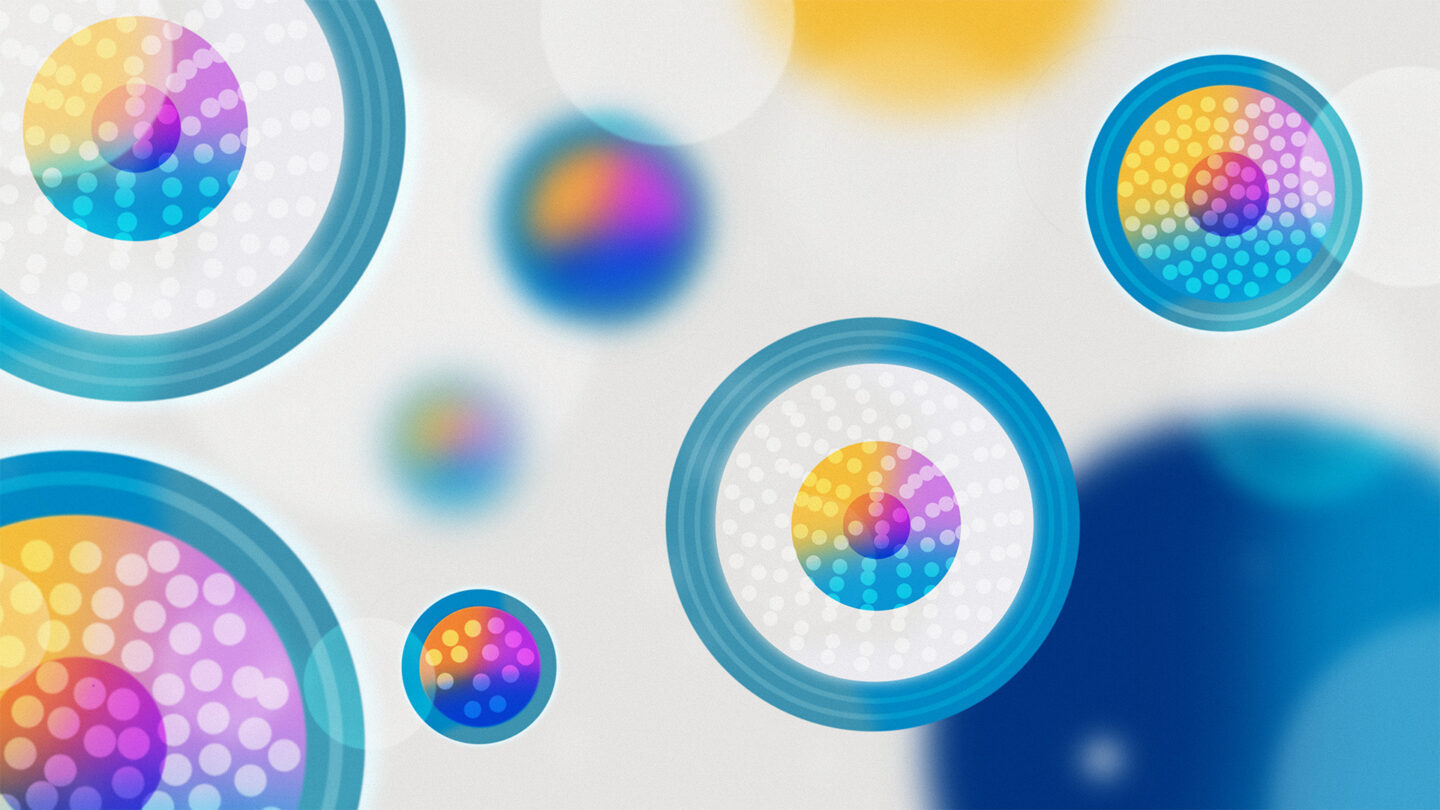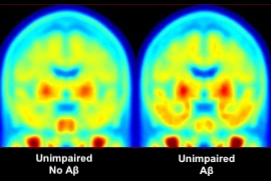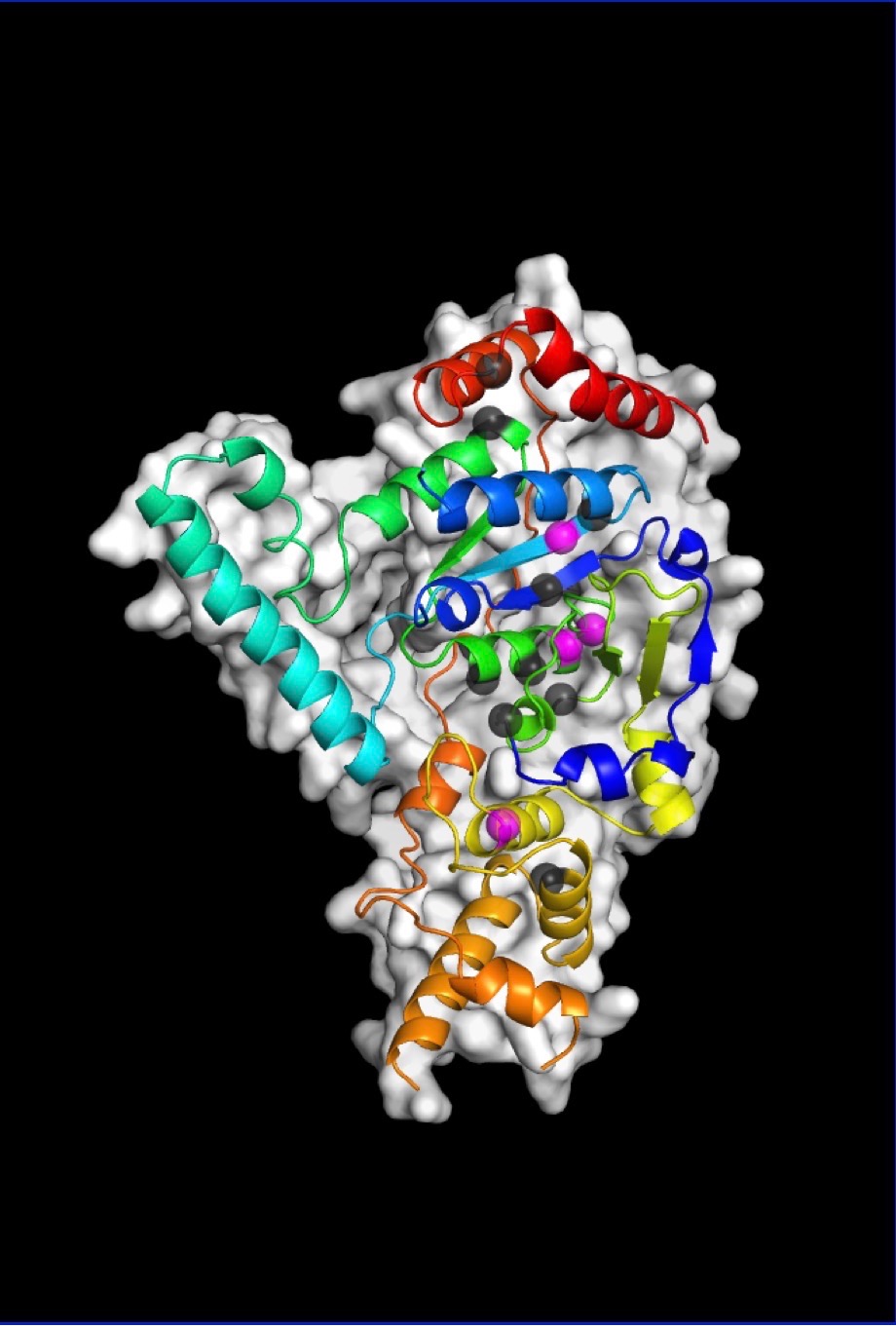



-
Enigmatic Protein Sculpts DNA to Repair Damage
Biosciences Area researchers and their collaborators have determined how a protein called XPG binds to and reshapes damaged DNA, illuminating its role in averting genetic disease and cancer.
Read the article -
Biosciences Area Projects Receive Technology Commercialization Funding Awards from Department of Energy
Two projects from the Biosciences Area were awarded $1 million from the DOE’s Technology Commercialization Fund (TCF) to further collaborative research with industry partners. The research will enable rapid strain engineering for the production of biofuels and bioproducts from low-cost gas feedstock, and produce a new aviation biofuel precursor from cellulosic biomass.
Read the article -
Nick Everson to Rejoin JGI as Ops Deputy
As Joint Genome Institute (JGI) Director Nigel Mouncey and Biological Systems and Engineering (BSE) Division Director Blake Simmons shared in their June 4 emails, Nick Everson will rejoin the JGI as Deputy for Operations starting on July 1. He will succeed Ray Turner, who will retire from Berkeley Lab on June 29.
Read the article -
Smart Farms of the Future: Making Bioenergy Crops More Environmentally Friendly
Three projects, funded by the U.S. Department of Energy (DOE), leverage Berkeley Lab’s strengths in artificial intelligence, sensors, and ecological biology to make agriculture more sustainable and more profitable. They aim to quantify and reduce the carbon intensity of agriculture—including the farming of biofuel feedstocks such as corn, soy, and sorghum—while also increasing yield. Two of the new projects are part of the SMARTFARM program of DOE’s Advanced Research Projects Agency-Energy (ARPA-E). This initiative aspires to make the biofuel supply chain carbon negative, which would greatly improve biofuel’s benefits to the broader economy and environment.
Read the article -
Laser, Biosciences Researchers Combine Efforts to Study Viruses in Droplets
Berkeley Lab researchers with expertise in lasers and in biology are working together to develop a platform and experiments to study the structure and components of viruses and to learn how they interact with their surrounding environment. The experiments could provide new insight on how to reduce the infectiousness of viruses such as the one causing COVID-19.
Read the article







